Communities in Canada’s central Arctic have warmest February since 2006
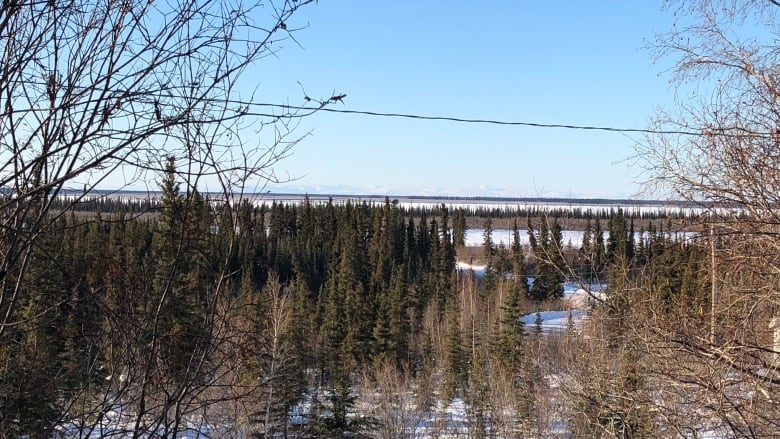
While most of Canada has been experiencing a colder winter, Inuvik and Tuktoyaktuk, in the northern part of the Northwest Territories, have had their warmest February since 2006.
It went up as high as –1 C this past Monday.
“That’s basically the result of what we call a blocking pattern,” said Kyle Fougère, a meteorologist with Environment and Climate Change Canada.
“That means that the jet stream isn’t moving very much and it’s coming from west of Alaska up and right now Inuvik is staying on the warm side of it.”

Fougère said the combination of the blocking pattern and the jet stream staying in one place is affecting multiple regions in different ways.
“This is what led to the anomalous warmth in the Mackenzie Delta and the anomalous cold across the prairies.”
Fougère said the blocking pattern has been in place for the most of February and the second week of the month in particular was very warm.
Usually the average temperature in Inuvik this time of year is –26.3 C, whereas this year so far it’s
–16.5 C, which is about 10 degrees warmer than normal.
He said it was about five degrees warmer than the average in both December and January as well.
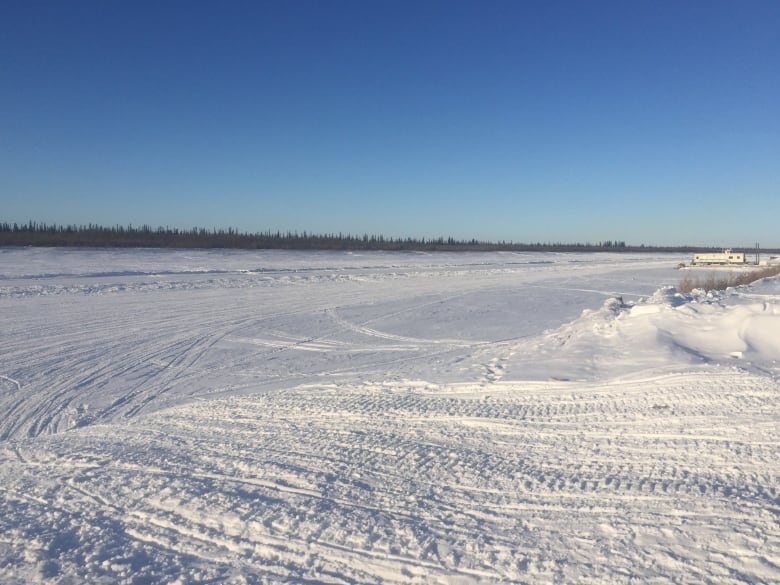
Tuktoyaktuk tends to be colder, but they’ve been seeing an average this month of –19.7 C — about seven degrees warmer than its average of –26.9 C.
However, Dawson City, Yukon, is actually experiencing temperatures two degrees colder than normal and most other communities in the N.W.T. are relatively close to their average, or colder.
Fougère said people shouldn’t get their hopes up that temperatures will continue to rise this winter.
He said the forecast is looking colder for the next few days and “temperatures will trend downwards to more normal temperatures for this time of year by mid-March.”
Related stories from around the North:
Canada: -36 degrees Celsius: just another day in Yellowknife, Northern Canada, CBC News
Finland: Less snow cover, shorter winters in Finland since 1960s, Yle News
Norway: New climate report predicts extreme warming for Arctic Svalbard by 2100, The Independent Barents Observer
United States: 2018 was the 4th-warmest year on record, NOAA and NASA reveal, CBC News

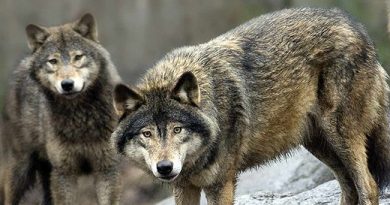
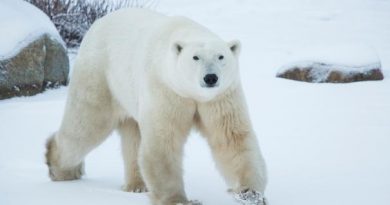
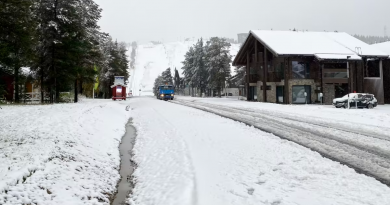
Цитаты: “В Инувике в феврале температура была примерно на 10 градусов выше, чем обычно. (Маккензи Скотт / CBC)
“В то время как большая часть Канады переживает более холодную зиму, в Инувике и Туктояктуке в северной части Северо-Западных территорий был самый теплый февраль с 2006 года”.
По кратковременным частным случаям изменения климата выводы делать не стоит – будут сплошные ошибки.
Нужно точно определять тенденцию. А она такова: за счёт потепления идёт процесс высыхания территорий всех стран. Поэтому, и решение здесь одно: немедленное восстановление водного баланса, и охлаждение территорий Канады. В противном случае Канада получит такие лесные пожары, потушить которые невозможно никакими технологиями.
— — —
Quotes: “In Inuvik in February, the temperature was about 10 degrees higher than usual. (Mackenzie Scott / CBC)
“While most of Canada is experiencing a colder winter, in Inuvik and Tuktoyaktuk in the northern part of the Northwest Territories was the warmest February since 2006.”
For short-term particular cases of climate change, conclusions should not be made – there will be continuous mistakes.
Need to accurately determine the trend. And it is this: due to warming, the process of drying up the territories of all countries is going on. Therefore, the solution here is one thing: immediate restoration of the water balance, and cooling of the territories of Canada. Otherwise, Canada will receive such forest fires, which can not be extinguished by any technology.